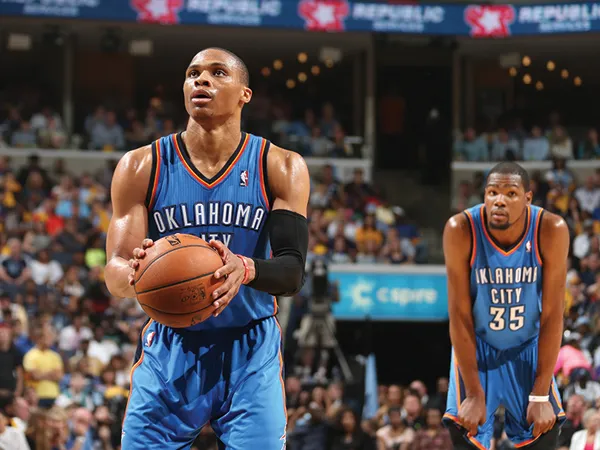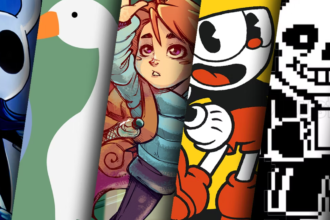The line between sports and celebrity has never been blurrier — and nowhere is that more true than in the NBA. Today’s basketball stars aren’t just athletes; they’re trendsetters, influencers, musicians, brand founders, and in some cases, global icons. For Gen Z and younger Millennials, NBA players are every bit as famous — and culturally relevant — as Hollywood actors or music stars.
And it’s not just what they do on the court that keeps fans engaged. Off the court, their personalities, fashion choices, viral moments, and social presence make them walking entertainment brands. That crossover is influencing how young people engage with the sport — not just through game highlights or box scores, but through lifestyle, culture, and conversation.
It’s no surprise that platforms like Lines.com’s NBA predictions today are thriving among fans who follow the league not just for stats, but for the storylines behind the players.
NBA Players Are More Than Just Athletes
What sets the NBA apart from other major leagues is how visible and expressive the players are. With smaller rosters, no helmets, and a global TV presence, NBA stars are front and center during every game — their expressions, emotions, and flair are part of the show.
Players like LeBron James, Steph Curry, and Kevin Durant have long been household names. But today’s younger stars — like Shai Gilgeous-Alexander, Anthony Edwards, and LaMelo Ball — are expanding what it means to be an athlete. They don’t just play. They collab with designers, drop music, and trend on TikTok for their off-court personalities just as much as their crossovers.
As of 2024, NBA players ranked among the most-followed athletes on social media globally, alongside soccer stars. This isn’t just a reflection of basketball’s reach — it’s a sign of how players have become brands. According to a recent Pew Research Center study on Gen Z digital behavior, young fans are more likely to follow individual personalities online than teams, brands, or institutions.
Fashion, Music, and Media Appearances: The Hollywood Overlap
One major driver behind the celebrity treatment? Fashion. The NBA has turned player arrivals into red carpet events. League fits are dissected across social media in real time. What was once a walk through a tunnel is now a branded media moment.
Players like Kyle Kuzma and Jordan Clarkson have developed reputations as fashion risk-takers, while others like PJ Tucker and Chris Paul are celebrated for their sneaker collections. The NBA’s partnership with designers and fashion houses reinforces this — players aren’t just wearing the clothes, they’re shaping the trends.
Beyond fashion, there’s music — Damian Lillard’s rap career has earned critical acclaim, and Miles Bridges has racked up millions of plays. Others dabble in acting, podcasting, and even producing content. Their ability to cross into different forms of media has made them even more visible than some A-list movie stars.
Social Media Is the Game Within the Game
The NBA’s rise as an entertainment engine is also tied to how its players use social platforms. Whether it’s Joel Embiid dropping memes, Ja Morant’s IG stories, or Victor Wembanyama going viral for his reactions — fans are watching more than just game clips.
These platforms let fans into the everyday life of players — their opinions, their routines, even their snack choices. It creates a parasocial relationship that Hollywood stars used to own. The NBA now dominates both highlights and timelines.
This attention bleeds into how fans talk about matchups and make predictions. Game night isn’t just about performance — it’s about drama, narratives, and personalities. And it’s why tools like NBA prediction platforms are increasingly popular among younger fans who follow both the stats and the storylines.
The NBA’s Pop Culture Integration Isn’t Slowing Down
The NBA is intentional about its pop culture integration. Celebrity All-Star Game appearances, halftime performances by major recording artists, and collaborations with TV and streaming platforms all reinforce its entertainment-first model. It’s not just a league — it’s a content factory.
Even how the NBA packages its highlights caters to short attention spans and viral formats. Quick edits, mic’d up moments, and behind-the-scenes content are made for reposting. The result? Basketball isn’t just watched — it’s consumed in a thousand ways across social and streaming platforms.











